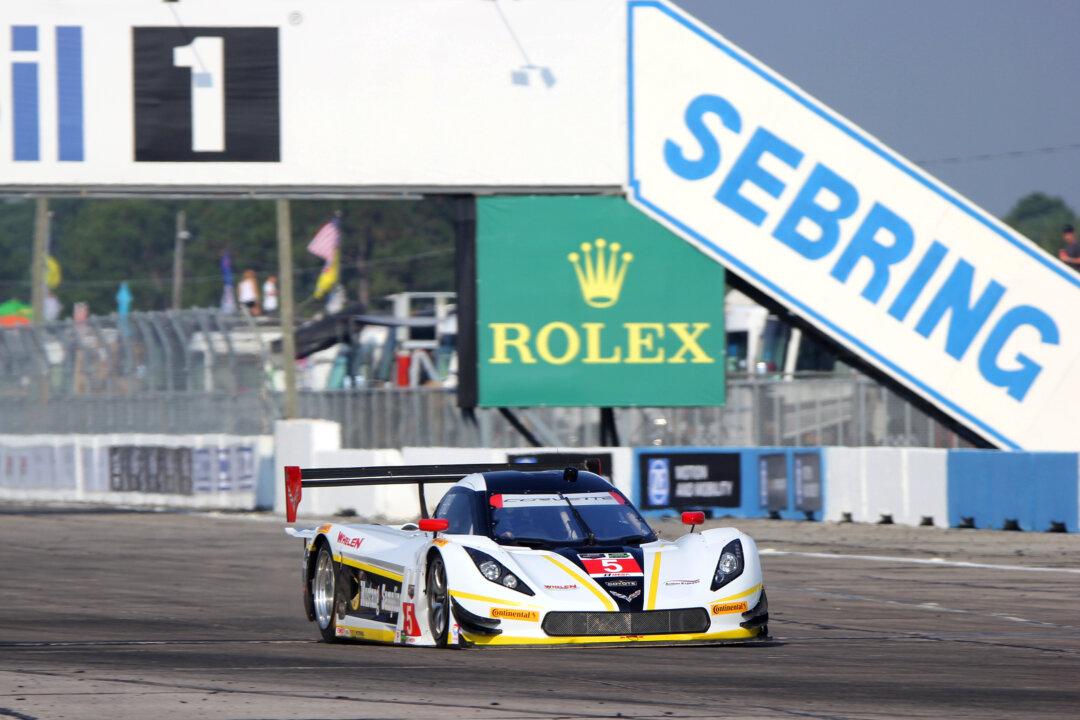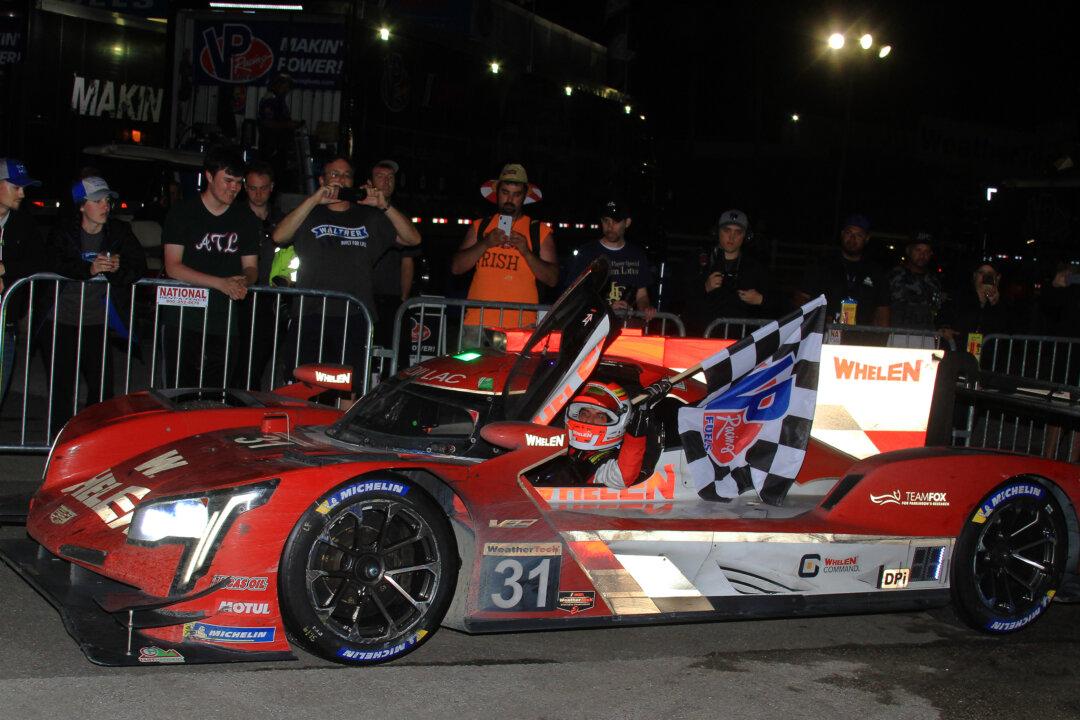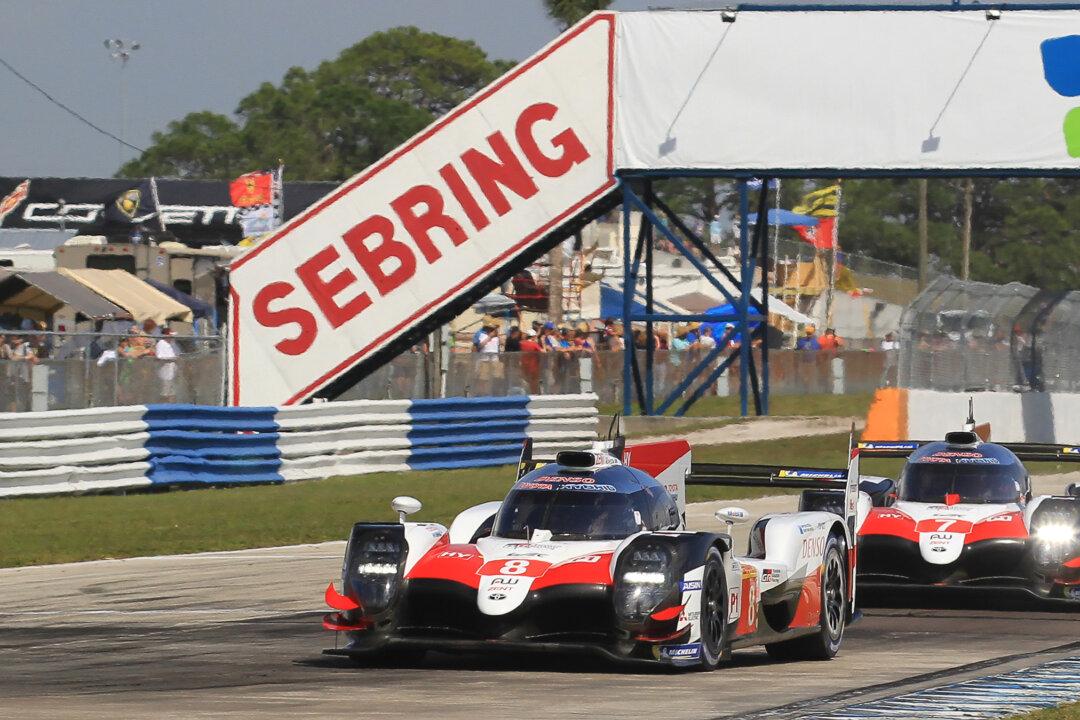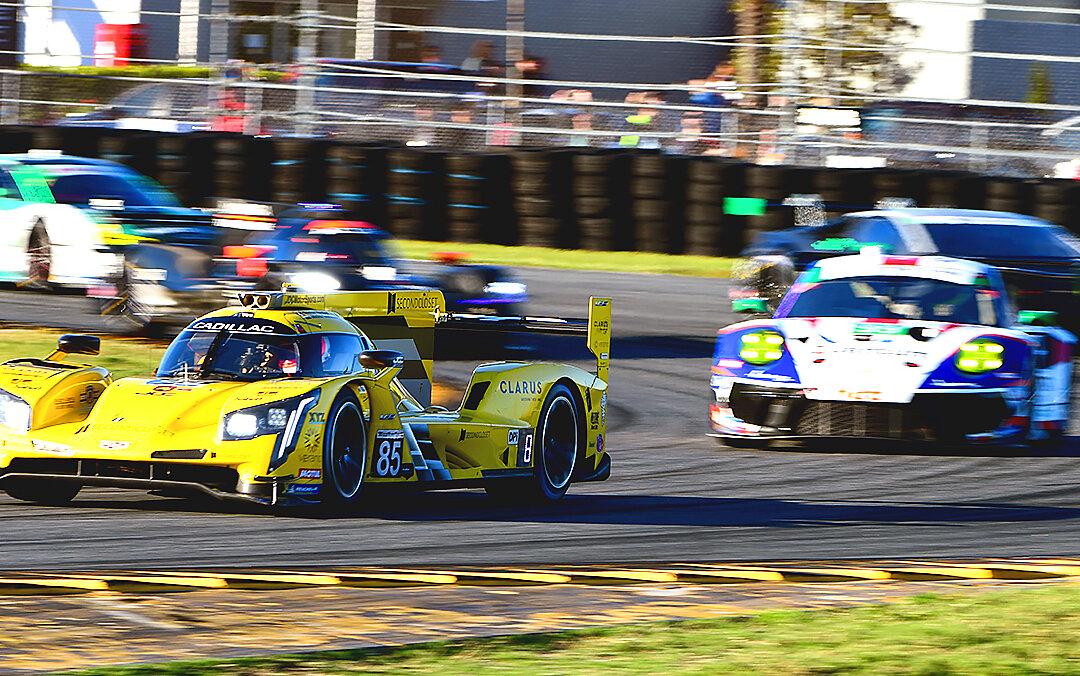SEBRING, Fla.—When the Tudor United SportsCar Championship was formed by the merger of the American Le Mans Series and the Rolex Sports Car Series, many longtime sports car fans worried that the new series would sully the reputation of the Sebring Twelve Hours
The Twelve Hours of Sebring isn’t just a race. Sebring is the birthplace of American sports car racing, the oldest track and one of the toughest anywhere in the world, not just in North America.
For 63 years Sebring has hosted a 12-hour sports car race which actually mattered throughout the entire sports car community around the world.
Sebring was the first U.S. track to attract the big European teams like Porsche, Ferrari, Alfa Romeo, and Jaguar. It was the first track to host international events, and it was one of the races that every driver wanted to add to his resumé.
Sebring is still the track where the powerhouse factory teams come to test their latest creations; if a car can survive 12 hours on Sebring’s bumpy concrete in the Florida heat, 24 hours at Le Mans or Daytona will be a breeze.






